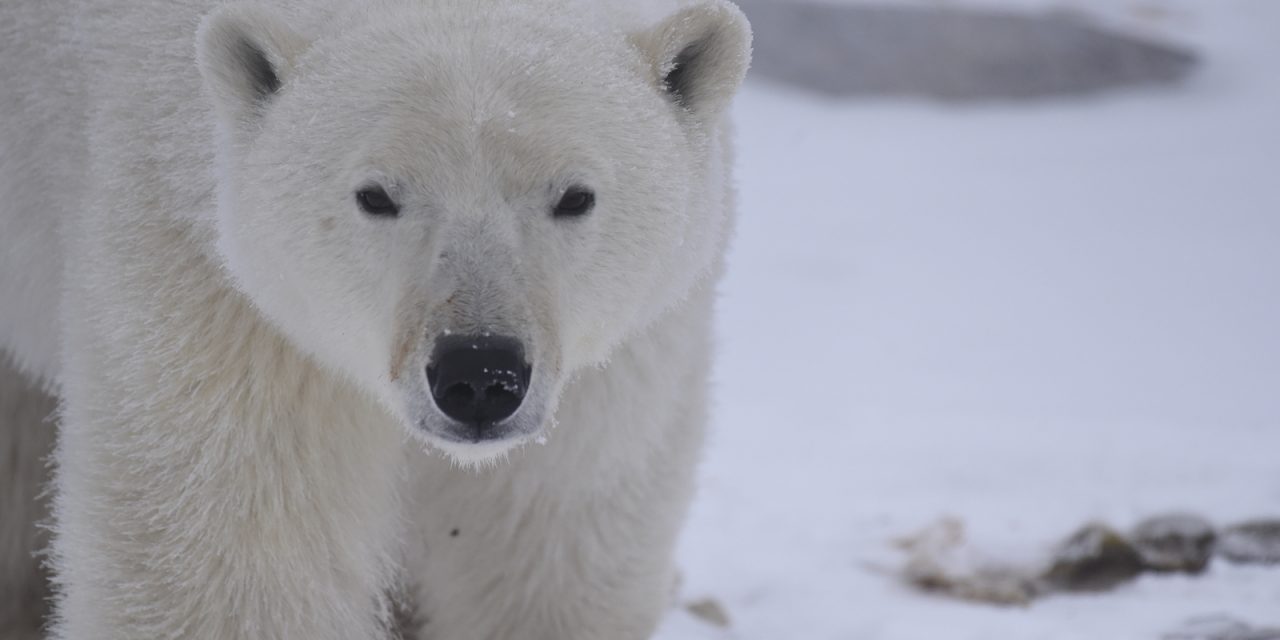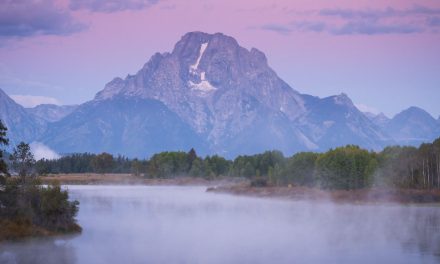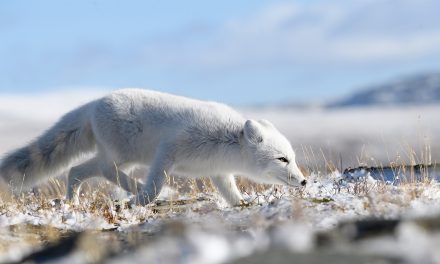Quick! What holiday is coming up? If you’re a wildlife enthusiast, you may know…International Polar Bear Day is February 27, 2022! In a world where it seems everything has a “national” day—from pirate speak to Yoda—this day holds particular significance for these polar bear Arctic dwellers.
It’s a time to focus our awareness on the issues facing polar bears and reconsider how we can reduce our carbon footprint to protect them. Let’s take a closer look at the polar bear threats out there today and what we can do to further polar bear conservation efforts.
Why Is the Health of Polar Bears So Important?
As one of the largest land carnivores in the world, polar bears are what we call a “keystone species.” They are the apex of the ecosystem, keeping biological populations in place. Their health and stability is a critical piece in keeping an ecosystem functional. In this role, they’re also a sign of health for the ecosystem. Unhealthy polar bear populations undoubtedly reveal an unhealthy ecosystem—now, or in the not-so-distant future.
Think of it like this: Polar bears feast almost exclusively on seals. However, if they’re too exhausted from seeking out sturdy ice that is harder and harder to find, and can’t effectively hunt for seals, they’ll move on to other species, such as the Arctic fox or walrus, who compete with them for food resources. Furthermore, if they’re not killing seals and leaving behind scraps for scavengers such as the Arctic fox and snowy owl, then they’re cutting out a food resource for wildlife.
And so it becomes painfully clear—in the case of the Arctic, if that ecosystem is under threat, that’s a sign of what the rest of the world can expect.

© Lianne Thompson
How Climate Change Is Affecting Polar Bears
It will come as no surprise to any wildlife and nature lover that today’s climate crisis is posing a huge threat to polar bears in Churchill, Manitoba (the same ones you can see with Natural Habitat Adventures in an unforgettable small-group expedition), Russia, Greenland and Norway. These marine mammals carry around a thick layer of body fat under a water-repellent coat that helps keep them insulated and warm against icy-cold air and water.
However, the Arctic sea ice the bears live on is melting away, taking with it their precious territory. What’s more, the retreating sea ice is challenging scientists’ ability to study and monitor the bears. And if we can’t study and witness these top-of-the-food-chain carnivores, how can we help protect them?
Science is telling us that the decline of the sea ice is affecting polar bears’ behavior and physical condition. Despite those adorable faces, these marine mammals are suffering hardships never felt before. They’re having a hard time finding adequate food for survival. They’re finding less and less sea ice for a safe habitat. And researchers are unable to find as much sea ice to land on to conduct their monitoring and tracking, which is crucial to our understanding and conservation of the bears.
Unfortunately, these problems beget more problems. After all, how can scientists track changes and predict future adverse conditions for polar bear populations if they can’t find any polar bears, or access them easily?
A Narrow Window of Opportunity
For decades, researchers have had a full two-month window during which to study polar bears. Now, however, with the quickly retreating sea ice, teams have just three weeks, on average, to get in and get out. The once thick, smooth ice is now riddled with soft spots, broken ice and holes, making it more dangerous or downright impossible to land and set up a research station.
In short, the open-water season is lengthening, and the research season is shortening—causing significant changes to the ability to sample bears. The Arctic environment is morphing quicker than improvements in research.

We Can’t Fix a Problem We Don’t Know Exists
According to a study published in 2020 in Nature Climate Change, about 19 polar bear subpopulations in Arctic Circle countries will suffer significant decline by the end of the century if climate change continues unmitigated. And, like stated above, if we don’t know what is changing in the health of the polar bear populations, we can’t fix it in time to prevent it—or at the very least, we’ll be coming at it from behind.
Scientists are attempting to understand how the polar bears in Canada and other countries that ring the Arctic Circle respond to climate change stressors, such as pathogens, pollutants, and contaminants, looking, too, at how the loss of sea ice affects the food chain.
Historically, researchers have been able to conduct up-close examinations of the bears, taking their weight, a tooth to determine age, blood, tissue and fecal samples, as well as attaching a tracking device to the bear. In so doing, they’ve been able to identify climate-related vulnerabilities to certain pathogens that can weaken the bear’s immune system.
These kinds of physical examinations used to number as many as 90 in a year. That number is much lower these days, further stressing the fact that without bears or adequate sea ice to work on, that research can’t continue long term. If this unfortunate loop continues unabetted, wildlife managers and federal and state agencies that manage polar bears won’t have enough information to work with to adequately protect them.

© Lianne Thompson
How Can I Help Protect the Polar Bears?
What can you do in the face of these unsettling trends? Reducing your own carbon footprint is an obvious place to start. Travel with a reputable company such as Natural Habitat Adventures, the world’s first carbon-neutral travel company since 2007. Drive less. Bike more. Take the bus. Swap out your light bulbs for energy-efficient alternatives. Replace beef with chicken in your diet. Buy local.
And, learn about these magnificent mammals. Join a small-group adventure trip to the Arctic, where from the confines of a sturdy Polar Rover, you can view their slow-moving shadows on the vast expanse of tundra. Sometimes they’ll be right below the vehicle, staring up to connect with you, eye to eye, watching you, and saying, in their own way, please protect our home.
Truly one of nature’s most wondrous wildlife encounters, seeing a polar bear in the wild is one of the most humbling as well, as we are reminded just how much we owe our planet and its native wildlife. Go home armed with information and inspiration to help slow the process of global climate change. Together, we can celebrate International Polar Bear Day every day, doing our own part to conserve these creatures and prevent their extinction.



































